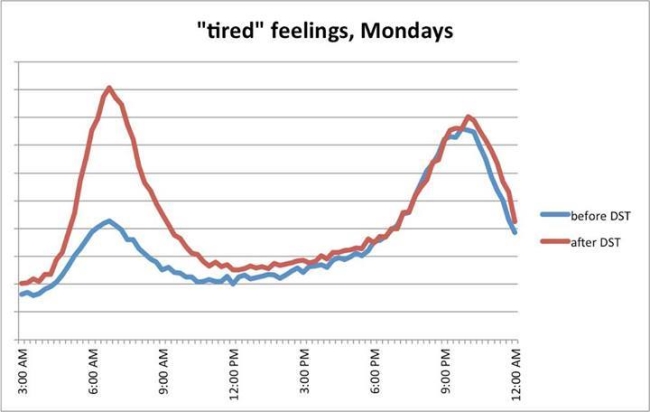
On Sunday, March 12, most Americans will ‘lose’ an hour by moving their clocks forward sixty minutes. This small sacrifice that marks the start of Daylight Saving Time (DST) is designed to allow residents to enjoy longer days during the upcoming spring and summer months.
The idea to manipulate clocks was first proposed in 1784 by Benjamin Franklin. In a letter to the editor of The Journal of Paris, the American inventor and politician jokingly suggested it as a way to economize candle usage. However, George Vernon Hudson was serious when he recommended moving the clocks two hours every spring and winter in 1895. The New Zealand entomologist and astronomer’s proposal was driven by his desire to have extra time to devote to collecting and examining insects. Though the idea did receive some serious consideration in 1907 when British resident William Willett presented it as a way to save energy, it was never implemented.
It was not until April 30, 1916, during World War I that Germany finally enforced DST to give soldiers additional daylight hours for combat Britain and America adopted it shortly after. However, US lawmakers repealed the law as soon as the war ended, only to reinstate and repeal it again during World War II.

It took another 21 years before DST became a permanent fixture on the American calendar in April 1966. US officials passed the law to help conserve energy and provide farmers more daylight hours to transport fresh produce to markets. However, since the law was not binding, Hawaii, the US territories which include — American Samoa, Guam, Puerto Rico, Northern Mariana Islands, and US Virgin Islands — as well as most of Arizona, opted out.
The US is not the only country to observe DST. However, most other nations change their clocks at the end of March or early April. Americans, on the other hand, have altered the start and end DST dates several times. In 1986, former US President Ronald Reagan moved the DST start date from the last weekend of April to the first. In 2005, former US President George W. Bush, not only moved up the spring forward date to the second Sunday in March but also extended the fall back time out an additional week in November.

These changes have helped optimize the daylight hours and effectively shorten the winter season by about five weeks. However, for some Americans, this is not enough. They want the time change to be abolished altogether. Since 2015, lawmakers from Idaho, New Mexico, Alaska, and California have tried to introduce bills to remove DST believing it disrupts both businesses and individuals. However, none of the proposals have received the approval of the respective state legislators.
In addition to the inconvenience, the time change also appears to have a severe impact on the health and well-being of some residents. A 2012 study conducted by Christopher Barnes an associate professor at the University of Alabama at Birmingham, found a 10% increase in heart attacks, in the two days following the start of DST. More recently, Finland’s Dr. Jori Ruuskanen found that the overall rate of strokes also increased by 8% during those days. According to the study, cancer patients (stroke rates up by 25%) and people over 65 (stroke rates up by 20%) were the most affected.

Experts say that to minimize the effects of the hour loss, try waking up an hour or two earlier in the days leading up to Sunday. This will help your body get better acclimatized to the time change. They also recommend getting out in the sunshine on Sunday so that the body can adjust to the longer days that follow. Of course, going to bed an hour earlier on Saturday night will not hurt either! But before you do, don't forget to change those clocks!
Happy Spring Forward!
Resources: wikipedia.org, cnn.com,timeanddate.com